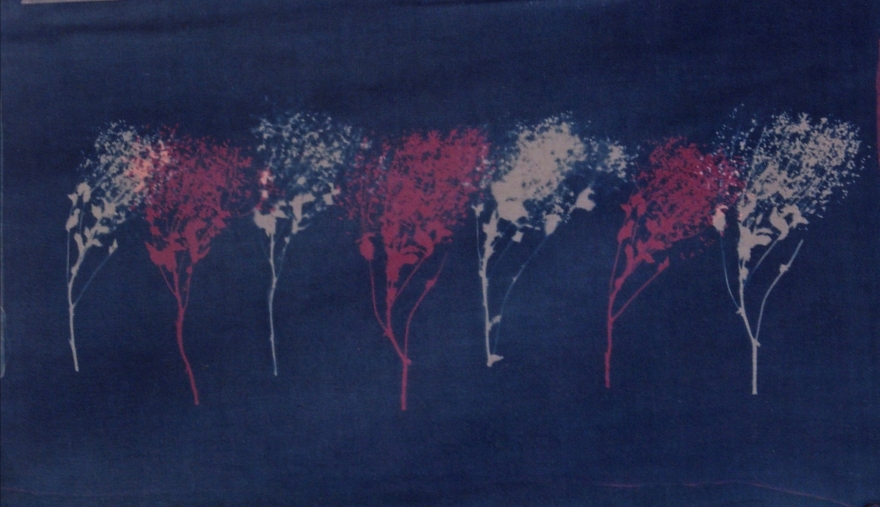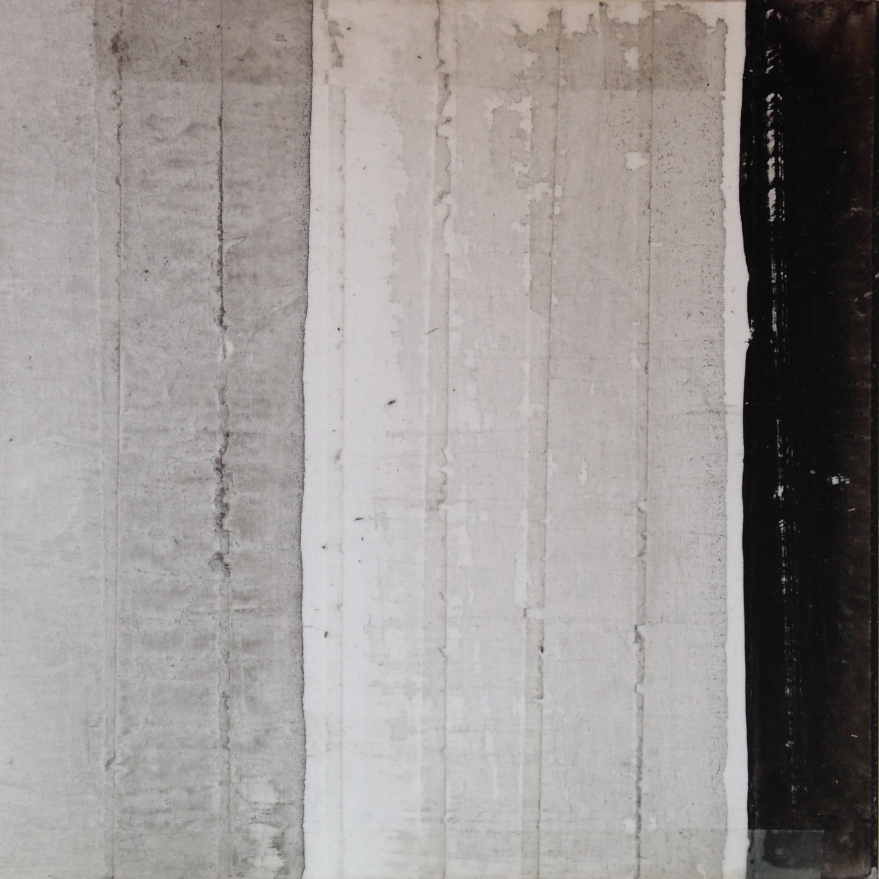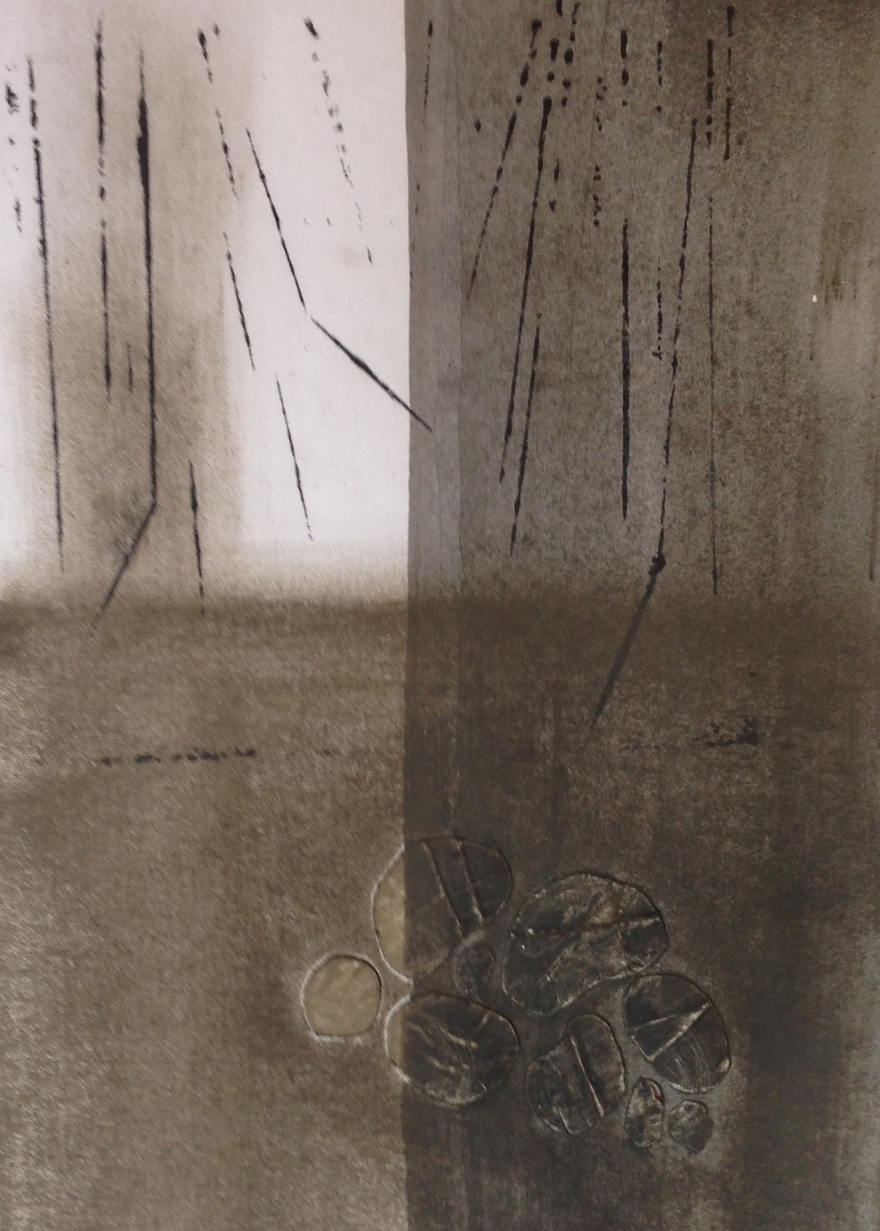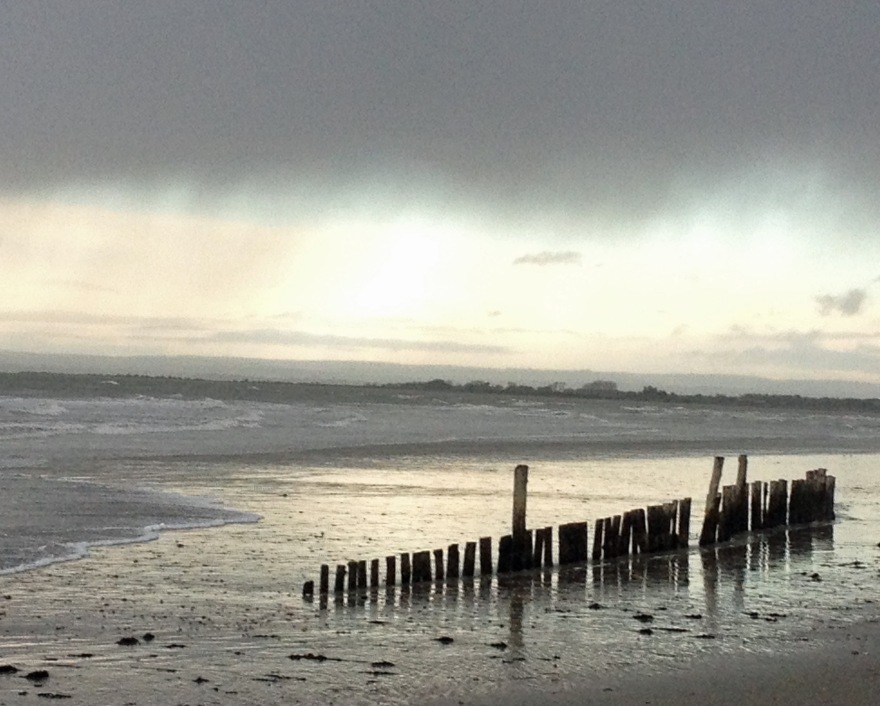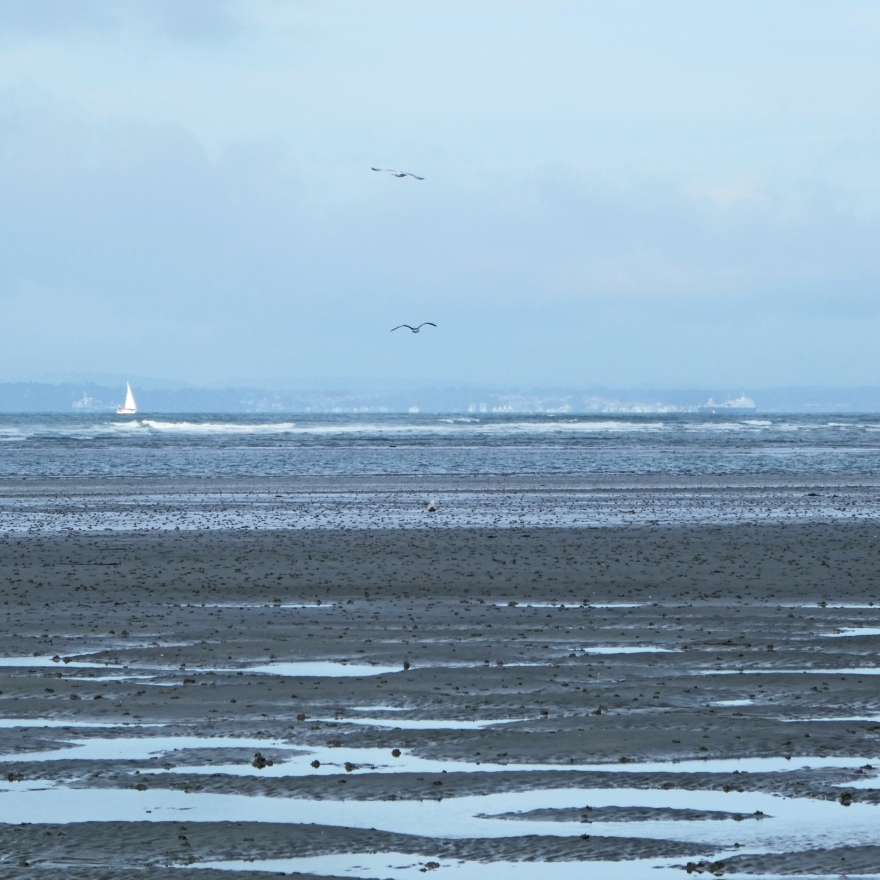I have a need for texture in my work and have been experimenting with different ways of adding depth and texture to my work on paper. This week I have revisited collage and started to explore a new medium – cold wax. Treading gently at first, I have added a little wax to my watercolour paper based pieces and am liking the effect. Here are some of the collage images started recently at West Dean College:

This next piece was completed in one go – acrylic ink, wax, charcoal and a little collage material from my trusty drawer of bits
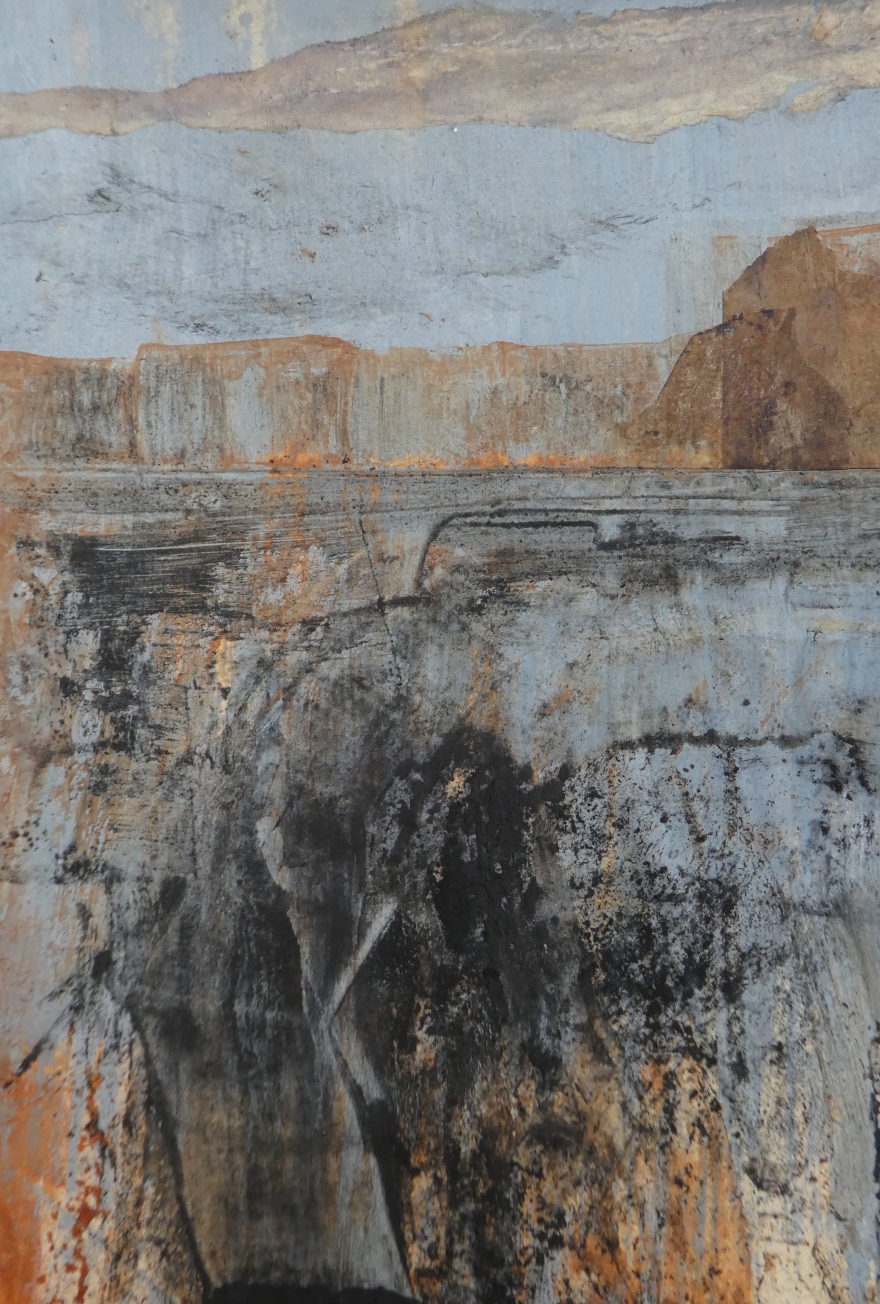 And finally, this one, compiled from three pieces which I did whilst on holiday in Scotland last year. I had quickly dashed off a series of three sketches – I liked the immediacy and vibrancy of the marks but each felt incomplete. Remembering what I had been told by Cas Holmes last year, I threw caution to the wind, tore the pieces up and reassembled them – there they are before and after:
And finally, this one, compiled from three pieces which I did whilst on holiday in Scotland last year. I had quickly dashed off a series of three sketches – I liked the immediacy and vibrancy of the marks but each felt incomplete. Remembering what I had been told by Cas Holmes last year, I threw caution to the wind, tore the pieces up and reassembled them – there they are before and after:
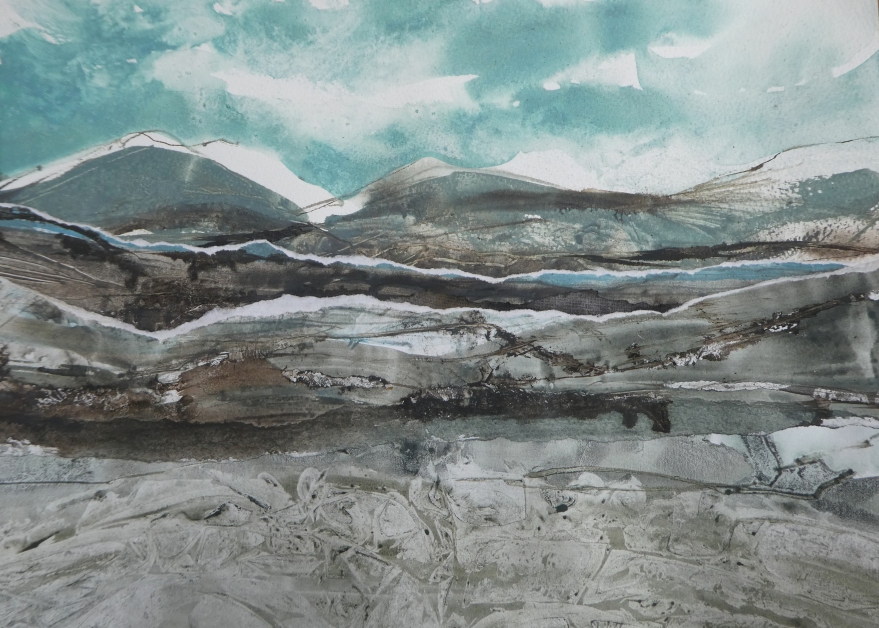
I’d love to know what you think – I won’t be offended so do shout! Thanks







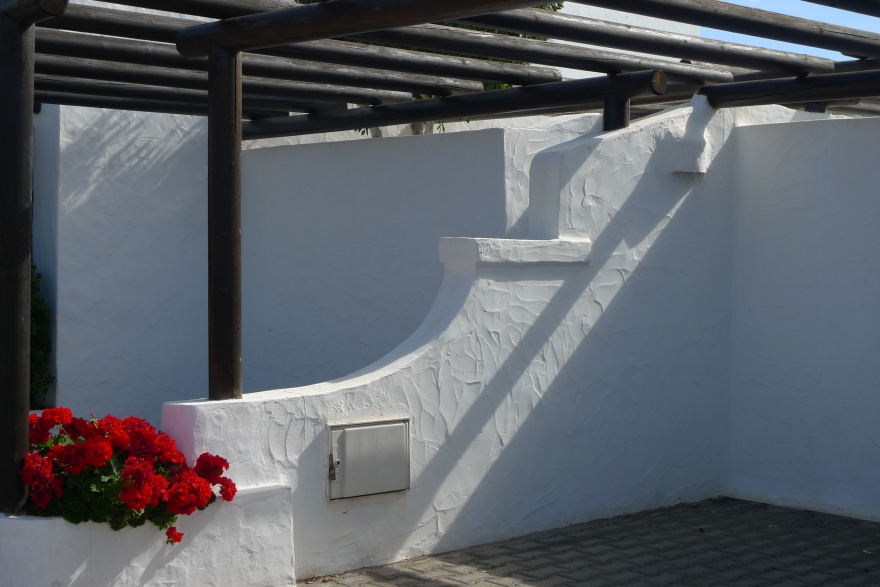
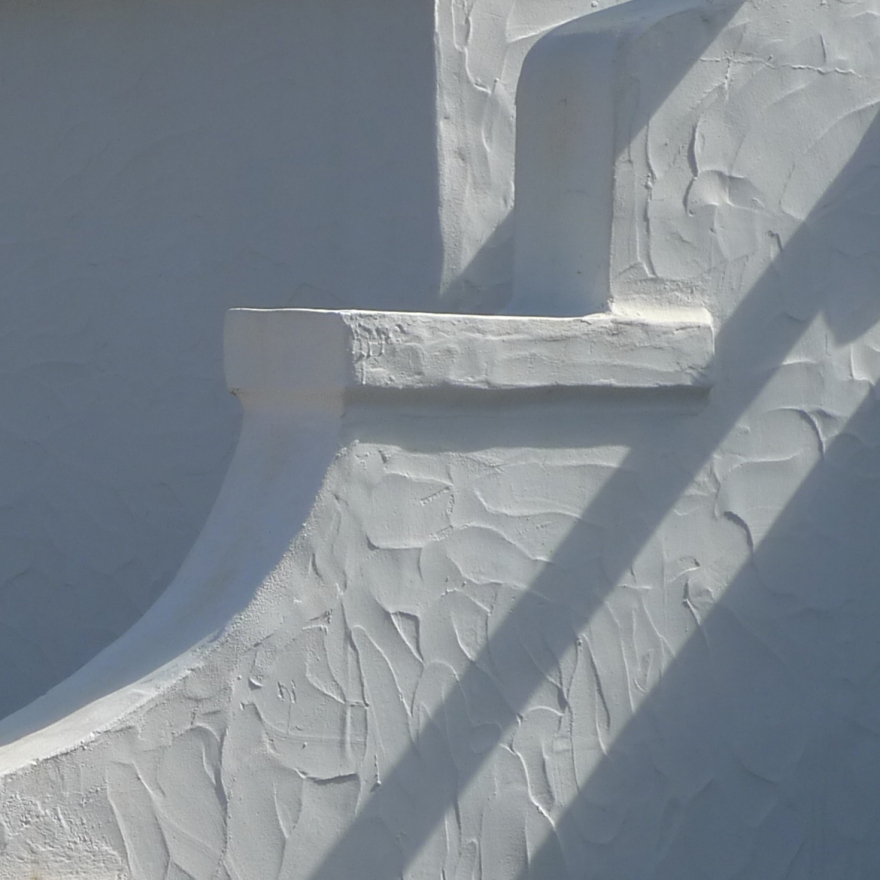

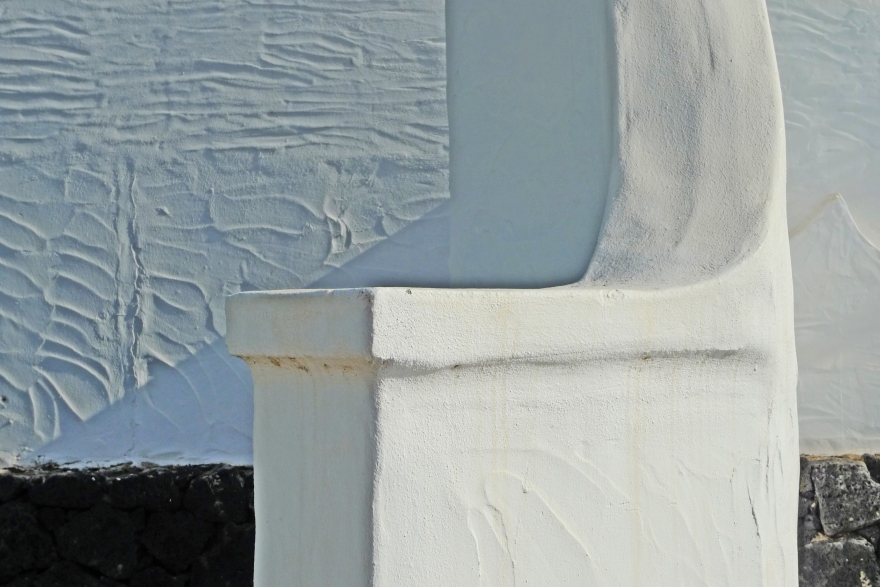


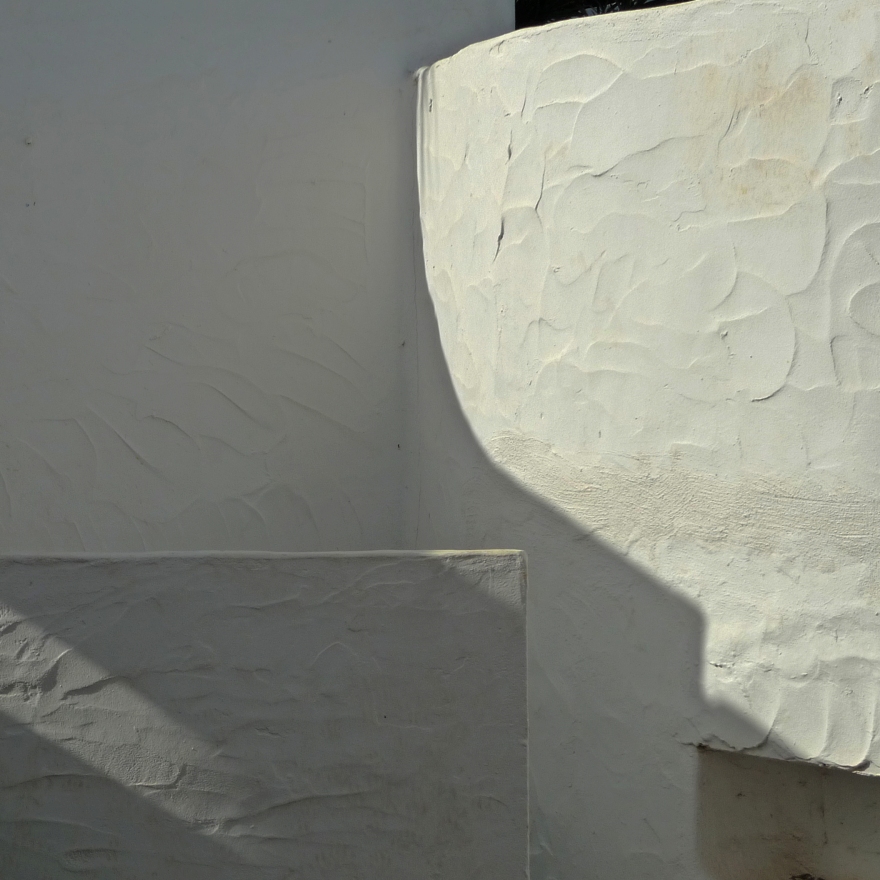

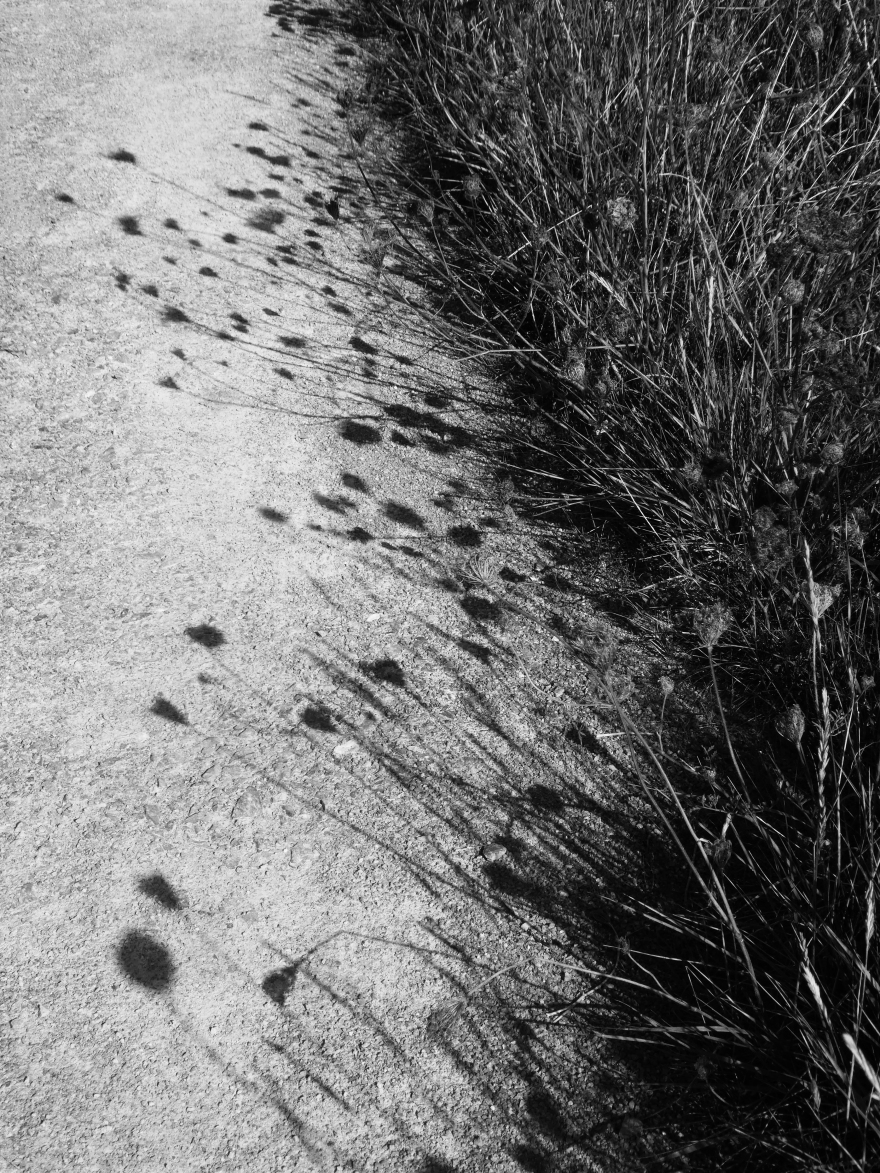
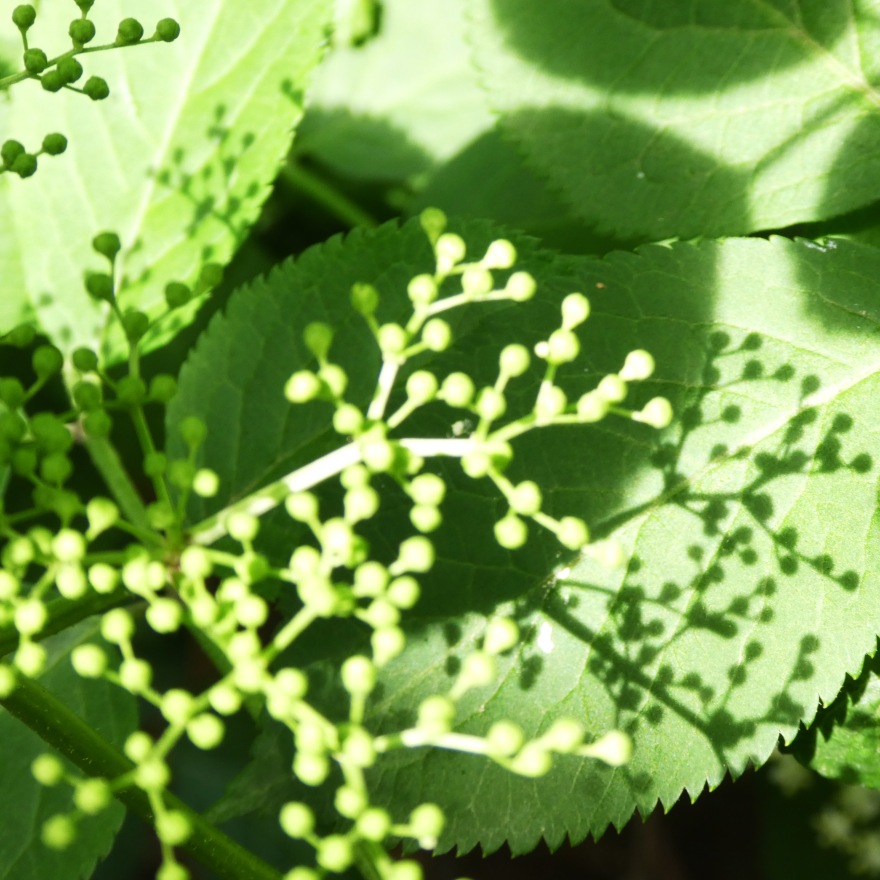
 This sketch was worked en plain air at Cowdray Park in Sussex. The quick was laid down in the studio beforehand and on site, I looked for a view that could use the marks that I had made.
This sketch was worked en plain air at Cowdray Park in Sussex. The quick was laid down in the studio beforehand and on site, I looked for a view that could use the marks that I had made. This pen sketch of telegraph poles uses simplicity of tone to create a strong image. Both of these drawings were undertaken on a course taken by Maxine Relton – you can see her work
This pen sketch of telegraph poles uses simplicity of tone to create a strong image. Both of these drawings were undertaken on a course taken by Maxine Relton – you can see her work 
